Shuang Xu
SC2Arena and StarEvolve: Benchmark and Self-Improvement Framework for LLMs in Complex Decision-Making Tasks
Aug 14, 2025Abstract:Evaluating large language models (LLMs) in complex decision-making is essential for advancing AI's ability for strategic planning and real-time adaptation. However, existing benchmarks for tasks like StarCraft II fail to capture the game's full complexity, such as its complete game context, diverse action spaces, and all playable races. To address this gap, we present SC2Arena, a benchmark that fully supports all playable races, low-level action spaces, and optimizes text-based observations to tackle spatial reasoning challenges. Complementing this, we introduce StarEvolve, a hierarchical framework that integrates strategic planning with tactical execution, featuring iterative self-correction and continuous improvement via fine-tuning on high-quality gameplay data. Its key components include a Planner-Executor-Verifier structure to break down gameplay, and a scoring system for selecting high-quality training samples. Comprehensive analysis using SC2Arena provides valuable insights into developing generalist agents that were not possible with previous benchmarks. Experimental results also demonstrate that our proposed StarEvolve achieves superior performance in strategic planning. Our code, environment, and algorithms are publicly available.
DPMT: Dual Process Multi-scale Theory of Mind Framework for Real-time Human-AI Collaboration
Jul 18, 2025Abstract:Real-time human-artificial intelligence (AI) collaboration is crucial yet challenging, especially when AI agents must adapt to diverse and unseen human behaviors in dynamic scenarios. Existing large language model (LLM) agents often fail to accurately model the complex human mental characteristics such as domain intentions, especially in the absence of direct communication. To address this limitation, we propose a novel dual process multi-scale theory of mind (DPMT) framework, drawing inspiration from cognitive science dual process theory. Our DPMT framework incorporates a multi-scale theory of mind (ToM) module to facilitate robust human partner modeling through mental characteristic reasoning. Experimental results demonstrate that DPMT significantly enhances human-AI collaboration, and ablation studies further validate the contributions of our multi-scale ToM in the slow system.
LVC: A Lightweight Compression Framework for Enhancing VLMs in Long Video Understanding
Apr 09, 2025Abstract:Long video understanding is a complex task that requires both spatial detail and temporal awareness. While Vision-Language Models (VLMs) obtain frame-level understanding capabilities through multi-frame input, they suffer from information loss due to the sparse sampling strategy. In contrast, Video Large Language Models (Video-LLMs) capture temporal relationships within visual features but are limited by the scarcity of high-quality video-text datasets. To transfer long video understanding capabilities to VLMs with minimal data and computational cost, we propose Lightweight Video Compression (LVC), a novel method featuring the Query-Attention Video Compression mechanism, which effectively tackles the sparse sampling problem in VLMs. By training only the alignment layer with 10k short video-text pairs, LVC significantly enhances the temporal reasoning abilities of VLMs. Extensive experiments show that LVC provides consistent performance improvements across various models, including the InternVL2 series and Phi-3.5-Vision. Notably, the InternVL2-40B-LVC achieves scores of 68.2 and 65.9 on the long video understanding benchmarks MLVU and Video-MME, respectively, with relative improvements of 14.6% and 7.7%. The enhanced models and code will be publicly available soon.
UniViTAR: Unified Vision Transformer with Native Resolution
Apr 02, 2025Abstract:Conventional Vision Transformer simplifies visual modeling by standardizing input resolutions, often disregarding the variability of natural visual data and compromising spatial-contextual fidelity. While preliminary explorations have superficially investigated native resolution modeling, existing approaches still lack systematic analysis from a visual representation perspective. To bridge this gap, we introduce UniViTAR, a family of homogeneous vision foundation models tailored for unified visual modality and native resolution scenario in the era of multimodal. Our framework first conducts architectural upgrades to the vanilla paradigm by integrating multiple advanced components. Building upon these improvements, a progressive training paradigm is introduced, which strategically combines two core mechanisms: (1) resolution curriculum learning, transitioning from fixed-resolution pretraining to native resolution tuning, thereby leveraging ViT's inherent adaptability to variable-length sequences, and (2) visual modality adaptation via inter-batch image-video switching, which balances computational efficiency with enhanced temporal reasoning. In parallel, a hybrid training framework further synergizes sigmoid-based contrastive loss with feature distillation from a frozen teacher model, thereby accelerating early-stage convergence. Finally, trained exclusively on public datasets, externsive experiments across multiple model scales from 0.3B to 1B demonstrate its effectiveness.
Retinex-MEF: Retinex-based Glare Effects Aware Unsupervised Multi-Exposure Image Fusion
Mar 10, 2025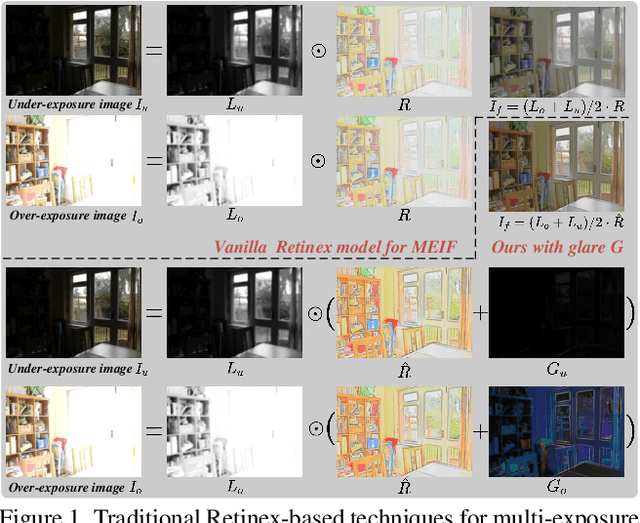
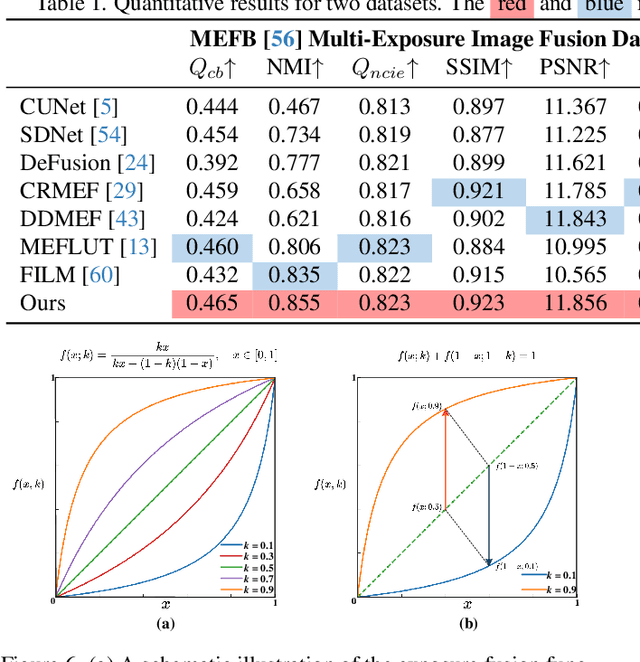

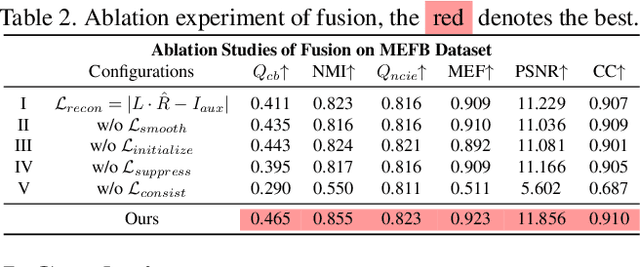
Abstract:Multi-exposure image fusion consolidates multiple low dynamic range images of the same scene into a singular high dynamic range image. Retinex theory, which separates image illumination from scene reflectance, is naturally adopted to ensure consistent scene representation and effective information fusion across varied exposure levels. However, the conventional pixel-wise multiplication of illumination and reflectance inadequately models the glare effect induced by overexposure. To better adapt this theory for multi-exposure image fusion, we introduce an unsupervised and controllable method termed~\textbf{(Retinex-MEF)}. Specifically, our method decomposes multi-exposure images into separate illumination components and a shared reflectance component, and effectively modeling the glare induced by overexposure. Employing a bidirectional loss constraint to learn the common reflectance component, our approach effectively mitigates the glare effect. Furthermore, we establish a controllable exposure fusion criterion, enabling global exposure adjustments while preserving contrast, thus overcoming the constraints of fixed-level fusion. A series of experiments across multiple datasets, including underexposure-overexposure fusion, exposure control fusion, and homogeneous extreme exposure fusion, demonstrate the effective decomposition and flexible fusion capability of our model.
Deep Unfolding Multi-modal Image Fusion Network via Attribution Analysis
Feb 03, 2025
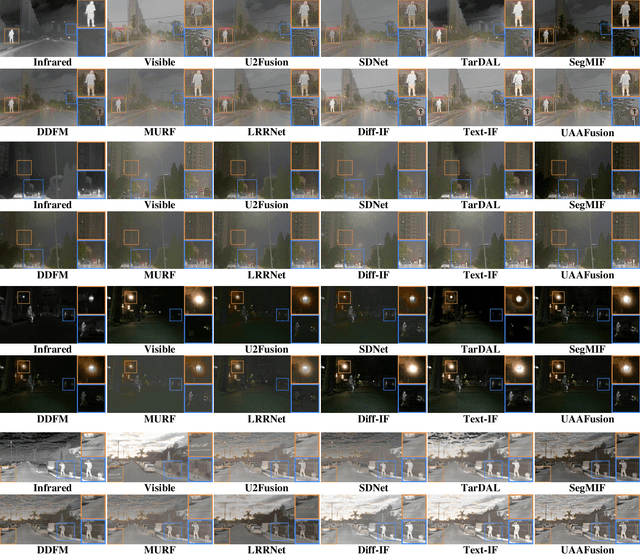
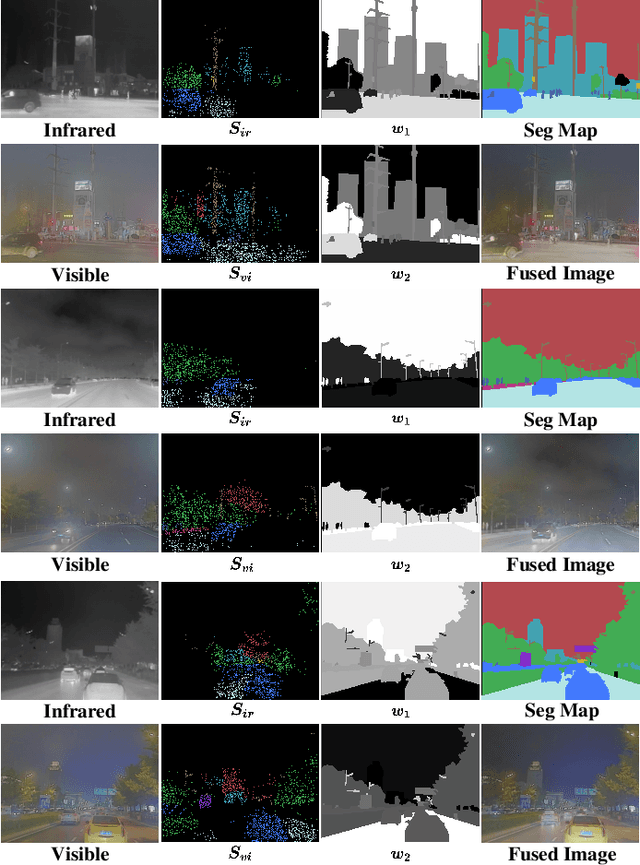
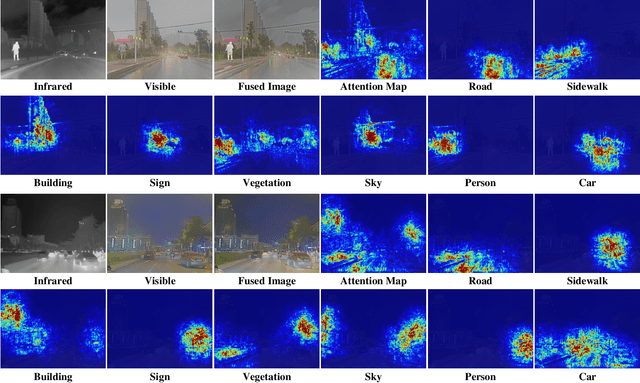
Abstract:Multi-modal image fusion synthesizes information from multiple sources into a single image, facilitating downstream tasks such as semantic segmentation. Current approaches primarily focus on acquiring informative fusion images at the visual display stratum through intricate mappings. Although some approaches attempt to jointly optimize image fusion and downstream tasks, these efforts often lack direct guidance or interaction, serving only to assist with a predefined fusion loss. To address this, we propose an ``Unfolding Attribution Analysis Fusion network'' (UAAFusion), using attribution analysis to tailor fused images more effectively for semantic segmentation, enhancing the interaction between the fusion and segmentation. Specifically, we utilize attribution analysis techniques to explore the contributions of semantic regions in the source images to task discrimination. At the same time, our fusion algorithm incorporates more beneficial features from the source images, thereby allowing the segmentation to guide the fusion process. Our method constructs a model-driven unfolding network that uses optimization objectives derived from attribution analysis, with an attribution fusion loss calculated from the current state of the segmentation network. We also develop a new pathway function for attribution analysis, specifically tailored to the fusion tasks in our unfolding network. An attribution attention mechanism is integrated at each network stage, allowing the fusion network to prioritize areas and pixels crucial for high-level recognition tasks. Additionally, to mitigate the information loss in traditional unfolding networks, a memory augmentation module is incorporated into our network to improve the information flow across various network layers. Extensive experiments demonstrate our method's superiority in image fusion and applicability to semantic segmentation.
Hipandas: Hyperspectral Image Joint Denoising and Super-Resolution by Image Fusion with the Panchromatic Image
Dec 05, 2024



Abstract:Hyperspectral images (HSIs) are frequently noisy and of low resolution due to the constraints of imaging devices. Recently launched satellites can concurrently acquire HSIs and panchromatic (PAN) images, enabling the restoration of HSIs to generate clean and high-resolution imagery through fusing PAN images for denoising and super-resolution. However, previous studies treated these two tasks as independent processes, resulting in accumulated errors. This paper introduces \textbf{H}yperspectral \textbf{I}mage Joint \textbf{Pand}enoising \textbf{a}nd Pan\textbf{s}harpening (Hipandas), a novel learning paradigm that reconstructs HRHS images from noisy low-resolution HSIs (LRHS) and high-resolution PAN images. The proposed zero-shot Hipandas framework consists of a guided denoising network, a guided super-resolution network, and a PAN reconstruction network, utilizing an HSI low-rank prior and a newly introduced detail-oriented low-rank prior. The interconnection of these networks complicates the training process, necessitating a two-stage training strategy to ensure effective training. Experimental results on both simulated and real-world datasets indicate that the proposed method surpasses state-of-the-art algorithms, yielding more accurate and visually pleasing HRHS images.
Task-driven Image Fusion with Learnable Fusion Loss
Dec 04, 2024Abstract:Multi-modal image fusion aggregates information from multiple sensor sources, achieving superior visual quality and perceptual characteristics compared to any single source, often enhancing downstream tasks. However, current fusion methods for downstream tasks still use predefined fusion objectives that potentially mismatch the downstream tasks, limiting adaptive guidance and reducing model flexibility. To address this, we propose Task-driven Image Fusion (TDFusion), a fusion framework incorporating a learnable fusion loss guided by task loss. Specifically, our fusion loss includes learnable parameters modeled by a neural network called the loss generation module. This module is supervised by the loss of downstream tasks in a meta-learning manner. The learning objective is to minimize the task loss of the fused images, once the fusion module has been optimized by the fusion loss. Iterative updates between the fusion module and the loss module ensure that the fusion network evolves toward minimizing task loss, guiding the fusion process toward the task objectives. TDFusion's training relies solely on the loss of downstream tasks, making it adaptable to any specific task. It can be applied to any architecture of fusion and task networks. Experiments demonstrate TDFusion's performance in both fusion and task-related applications, including four public fusion datasets, semantic segmentation, and object detection. The code will be released.
Haar Nuclear Norms with Applications to Remote Sensing Imagery Restoration
Jul 11, 2024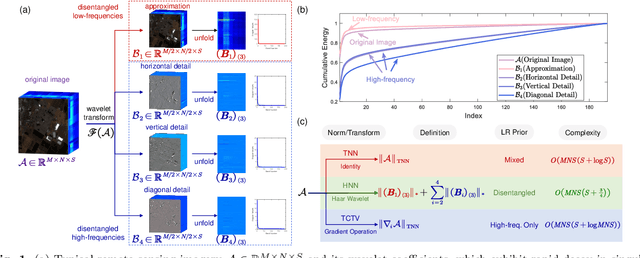
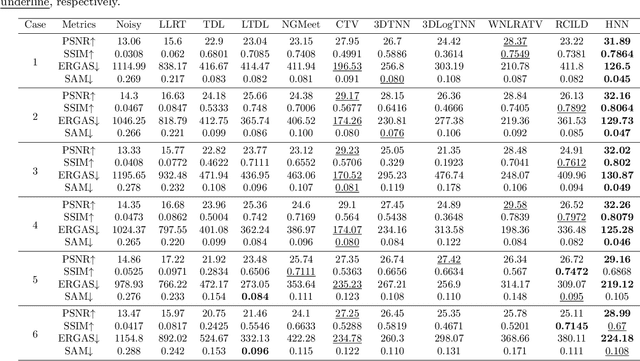

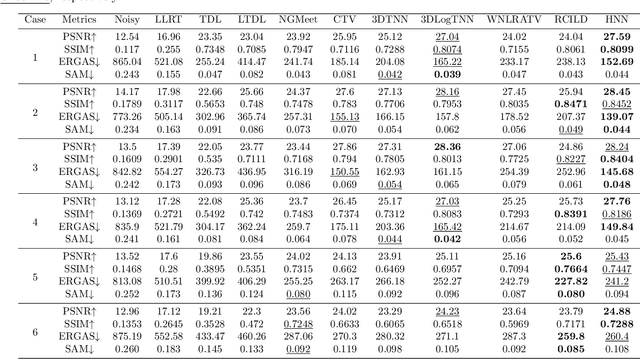
Abstract:Remote sensing image restoration aims to reconstruct missing or corrupted areas within images. To date, low-rank based models have garnered significant interest in this field. This paper proposes a novel low-rank regularization term, named the Haar nuclear norm (HNN), for efficient and effective remote sensing image restoration. It leverages the low-rank properties of wavelet coefficients derived from the 2-D frontal slice-wise Haar discrete wavelet transform, effectively modeling the low-rank prior for separated coarse-grained structure and fine-grained textures in the image. Experimental evaluations conducted on hyperspectral image inpainting, multi-temporal image cloud removal, and hyperspectral image denoising have revealed the HNN's potential. Typically, HNN achieves a performance improvement of 1-4 dB and a speedup of 10-28x compared to some state-of-the-art methods (e.g., tensor correlated total variation, and fully-connected tensor network) for inpainting tasks.
Pan-denoising: Guided Hyperspectral Image Denoising via Weighted Represent Coefficient Total Variation
Jul 08, 2024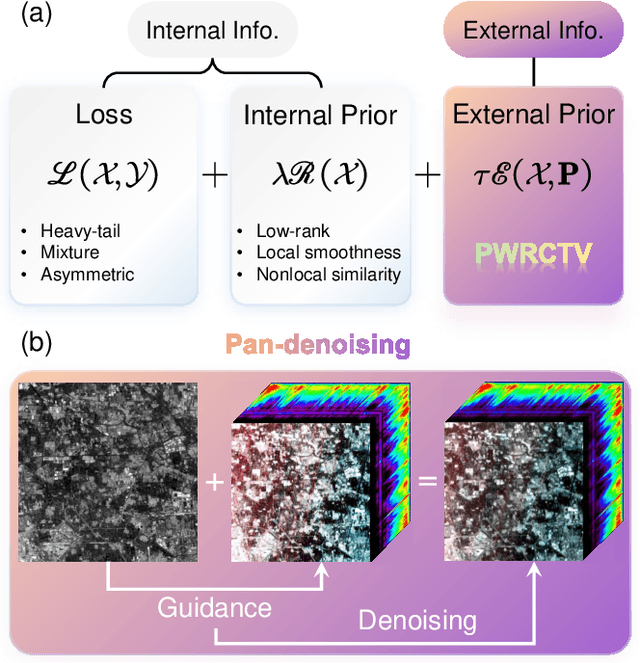
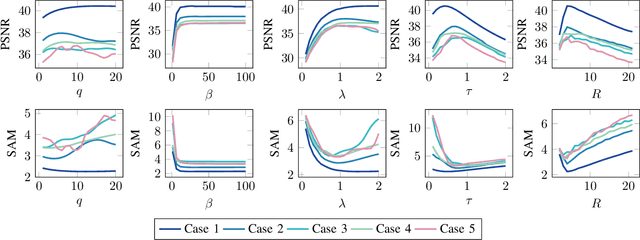
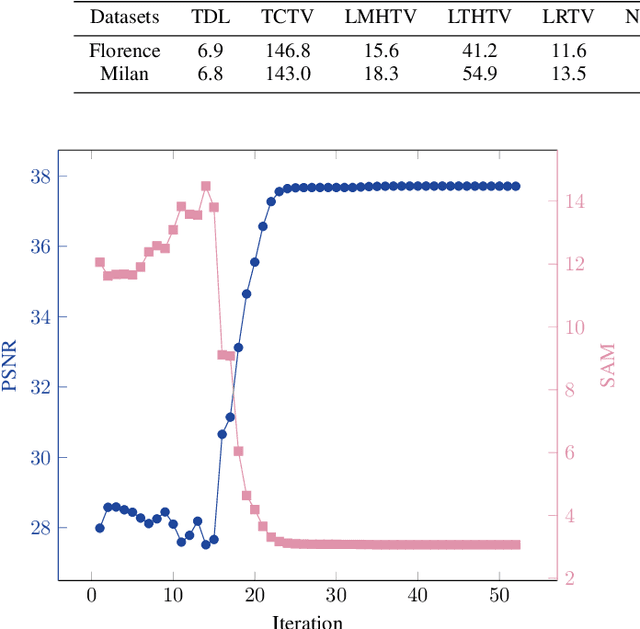
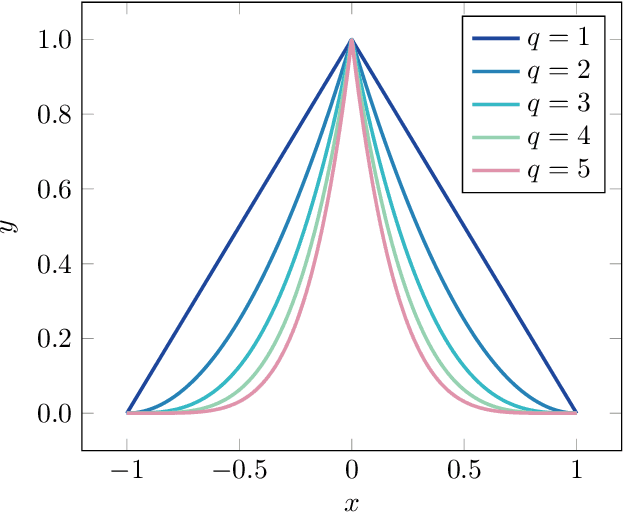
Abstract:This paper introduces a novel paradigm for hyperspectral image (HSI) denoising, which is termed \textit{pan-denoising}. In a given scene, panchromatic (PAN) images capture similar structures and textures to HSIs but with less noise. This enables the utilization of PAN images to guide the HSI denoising process. Consequently, pan-denoising, which incorporates an additional prior, has the potential to uncover underlying structures and details beyond the internal information modeling of traditional HSI denoising methods. However, the proper modeling of this additional prior poses a significant challenge. To alleviate this issue, the paper proposes a novel regularization term, Panchromatic Weighted Representation Coefficient Total Variation (PWRCTV). It employs the gradient maps of PAN images to automatically assign different weights of TV regularization for each pixel, resulting in larger weights for smooth areas and smaller weights for edges. This regularization forms the basis of a pan-denoising model, which is solved using the Alternating Direction Method of Multipliers. Extensive experiments on synthetic and real-world datasets demonstrate that PWRCTV outperforms several state-of-the-art methods in terms of metrics and visual quality. Furthermore, an HSI classification experiment confirms that PWRCTV, as a preprocessing method, can enhance the performance of downstream classification tasks. The code and data are available at https://github.com/shuangxu96/PWRCTV.
 Add to Chrome
Add to Chrome Add to Firefox
Add to Firefox Add to Edge
Add to Edge